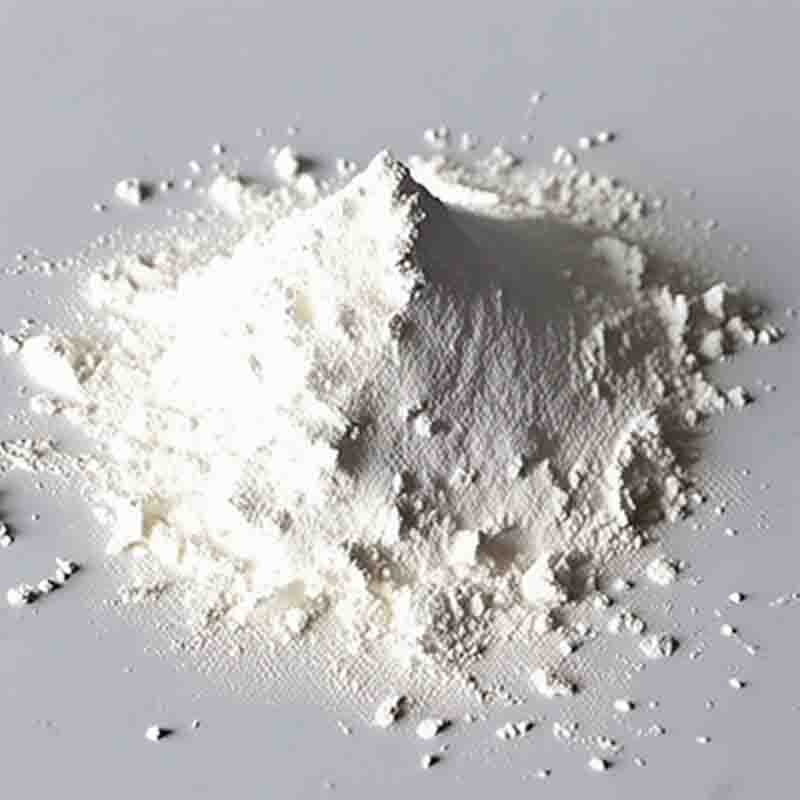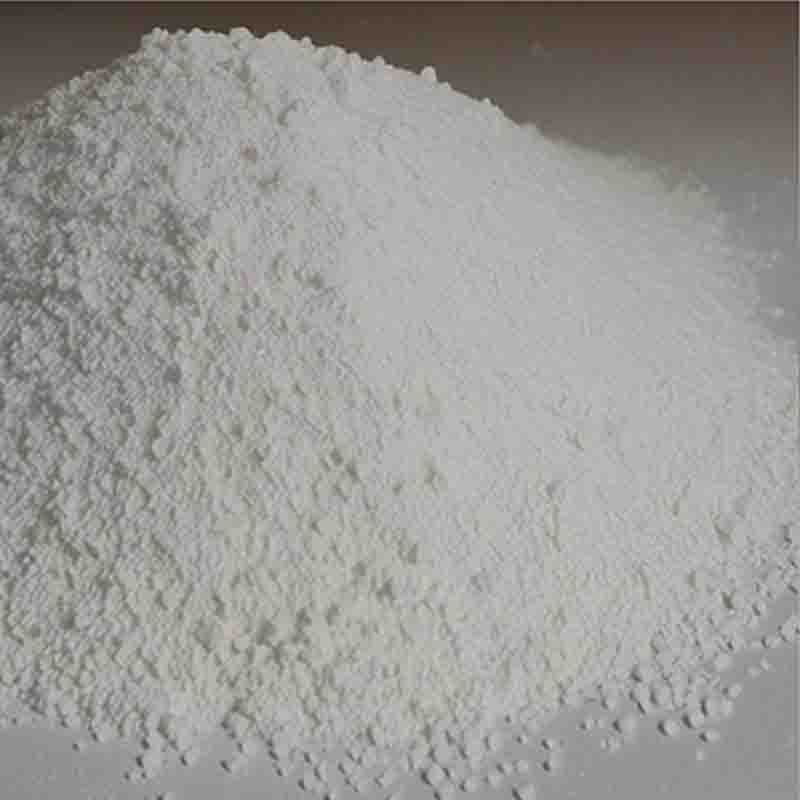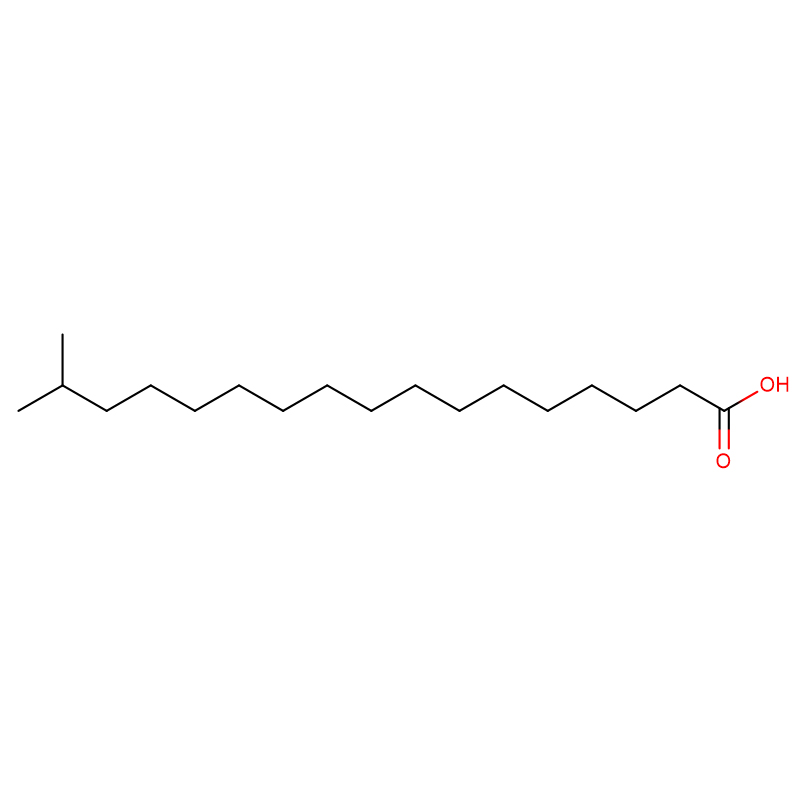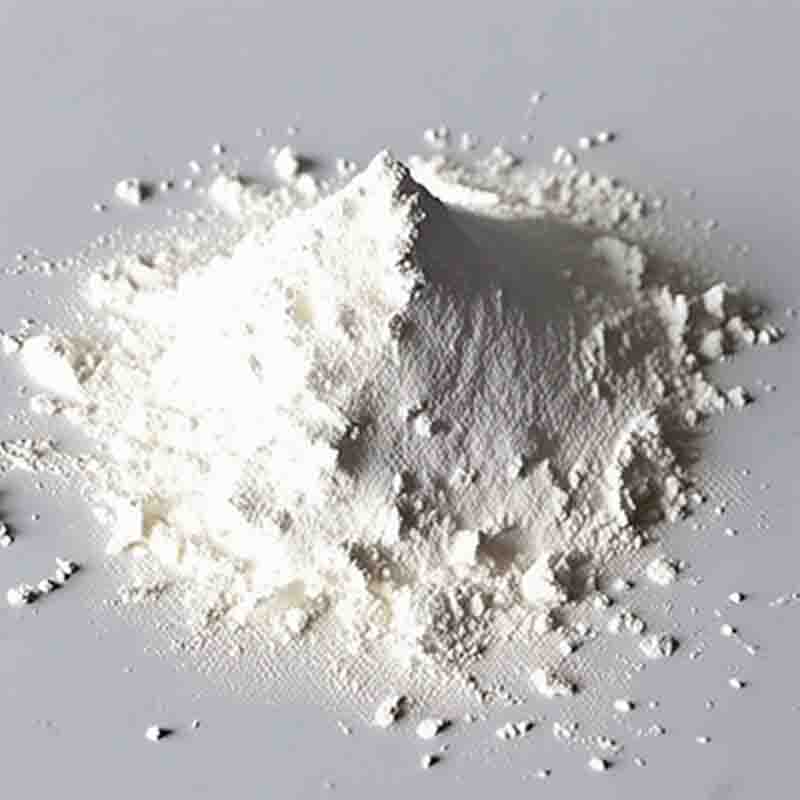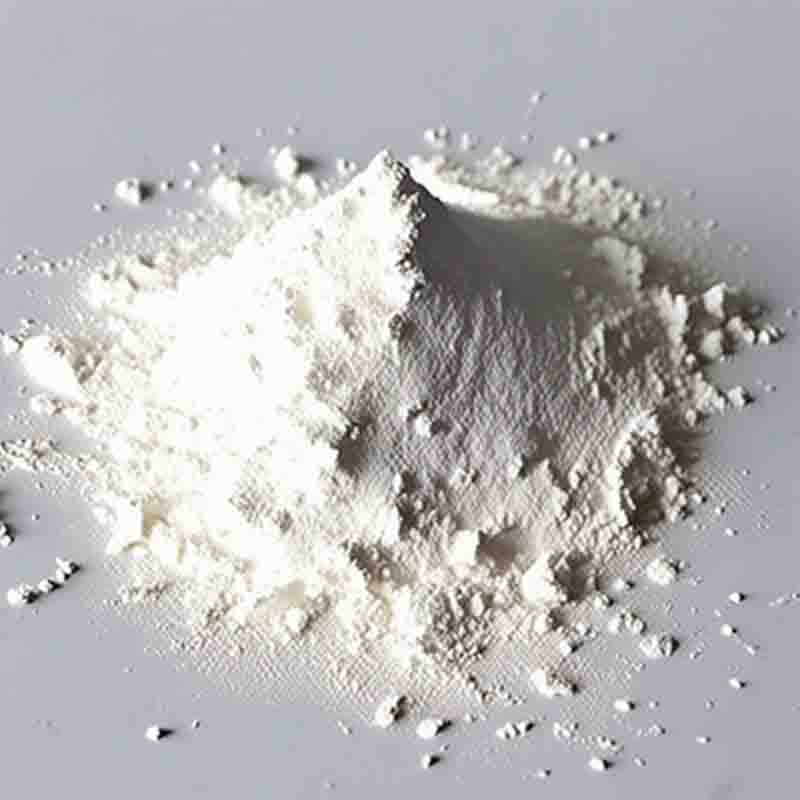1-(3-Dimethylaminopropyl)-3-ethylcarbodiimidehydrochloride CAS:25952-53-8
| Catalog Number | XD96288 |
| Product Name | 1-(3-Dimethylaminopropyl)-3-ethylcarbodiimidehydrochloride |
| CAS | 25952-53-8 |
| Molecular Formula | C8H18ClN3 |
| Molecular Weight | 191.7 |
Product Specification
| Appearance | White powder |
| Assay | 99% min |
1-(3-Dimethylaminopropyl)-3-ethylcarbodiimide hydrochloride (EDC-HCl) is a chemical compound widely used in biological and chemical research. It is a water-soluble carbodiimide reagent that is commonly utilized for various crosslinking and conjugation reactions.The primary effect of EDC-HCl is its ability to activate carboxylic acids. It accomplishes this by reacting with the carboxylic acid to form an O-acylisourea intermediate. The resulting O-acylisourea can then react with a nucleophile, such as an amine or hydroxyl group, to form a stable amide or ester bond. This process is known as carbodiimide coupling or EDC coupling.Carbodiimide coupling using EDC-HCl has several important applications. One of the most significant is in the field of bioconjugation, where EDC-HCl is used to covalently attach biomolecules, such as proteins or peptides, to a variety of molecules or surfaces. This technique is widely employed in immunoassays, protein labeling, and drug delivery systems.EDC-HCl can also be used for the formation of peptide bonds in solid-phase peptide synthesis (SPPS). In this process, EDC-HCl acts as a coupling reagent to join amino acids together to form peptides or proteins. It enables the attachment of protected amino acids to a solid support while maintaining high coupling efficiency and minimizing byproduct formation.Moreover, EDC-HCl is used for site-specific labeling of proteins and nucleic acids. It can be employed to covalently link fluorescent dyes, biotin, or other tags to specific amino acid residues or nucleotide sequences, allowing for visualization, detection, or purification of the labeled molecules.It is important to note that EDC-HCl can be highly reactive and may require specific handling precautions. It is typically used in combination with an amine or hydroxyl-containing nucleophile, and the reaction conditions, pH, and reactant concentrations need to be carefully optimized to achieve the desired coupling efficiency.In summary, 1-(3-Dimethylaminopropyl)-3-ethylcarbodiimide hydrochloride (EDC-HCl) is a versatile reagent used in various chemical and biological applications. Its primary function is to activate carboxylic acids and facilitate the formation of stable amide or ester bonds through carbodiimide coupling. Its wide range of applications includes bioconjugation, solid-phase peptide synthesis, and site-specific labeling of biomolecules. However, careful consideration of reaction conditions and proper handling is essential to ensure optimal results and safety.




